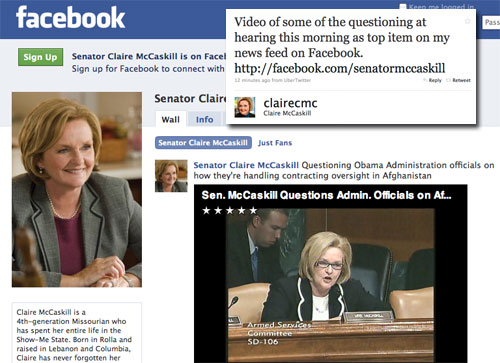From an op-ed piece on NYTimes.com, by Sheelah Kolhatkar:
“You can tell when a print journalist has lost his full-time job because of the digital markings that suddenly appear, like the tail of a fading comet. First, he joins Facebook. A Gmail address is promptly obtained. The Twitter account comes next, followed by the inevitable blog. Throw in a LinkedIn profile for good measure. This online coming-out is the first step in a daunting, and economically discouraging, transformation: from a member of a large institution to a would-be Internet “brand.”
“While most people are worried about getting paid for their work, I’m more concerned that journalists might be the digital-age equivalent of monks illuminating manuscripts, a group whose skills will soon disappear.”
I feel bad for anyone that has lost a job, but can’t help wondering why the reporter in this piece didn’t already have the online presence. It’s like going camping without a flashlight.

 “Your honor, the defense will stipulate that Senator McCaskill’s Facebook page is in no way an act of journalism and might be self-serving and total horse shit.”
“Your honor, the defense will stipulate that Senator McCaskill’s Facebook page is in no way an act of journalism and might be self-serving and total horse shit.”
 Uncle Steve was a big hit with his belated graduation present, but after giving Ryan his new iPod Touch, he was a little distracted the rest of the weekend. I also miss a lot of birthdays so we did a little catch-up with the other two. They opted for PSP’s (Play Station Portables).
Uncle Steve was a big hit with his belated graduation present, but after giving Ryan his new iPod Touch, he was a little distracted the rest of the weekend. I also miss a lot of birthdays so we did a little catch-up with the other two. They opted for PSP’s (Play Station Portables).